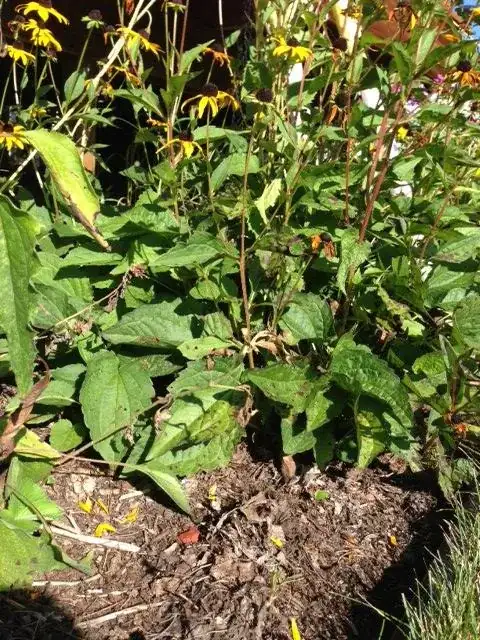That doesn't look like a picture of an A. canadensis (the leaves should be smaller an much more finely serrated). It could be A. alnifolia, but I'd actually guess Fothergilla (maybe gardenii). The fall color looks more fothergilla-ish, too.
Most Amelanchiers are small to medium-sized trees, so screening from a ground position is poor. You might find cultivars of A. alnifolia that can maintain a shrub-like size, and A. stolonifera can stay at 4-5' high. Still, Amelanchiers tend to have an open habit.
Aronias tend to form a nice thick shrub, so they're good for screening. In Wisconsin, some specialty farmers are growing some cultivars for their fruit, which makes a good juice when cooked. The foliage color ranges from spectacular to "meh", possibly due to the cultivar. Note that I've had problems with rabbits cutting every aronia I've ever owned down to the ground each winter, unless they (the aronias, not the rabbits) were protected by tallish fencing.
I've also grown Fothergilla, which is my preferred small shrub for screening (if it's hardy in your area). I also like the old standby Hedge Cotoneaster for a large screening shrub, although that almost always needs shearing to keep it at least a little in bounds.
To answer your questions:
Frangrance - I haven't ever noticed that any of these shrubs have particularly fragrant flowers - in my experience, the amelanchiers are best of the bunch.
Wildlife - Birds love the amelanchier berries, which I've also heard are good for humans (but good luck beating the birds). We have many yards of Aronia as hedging where I work, and not one bird eats the berries (when I grew them I never had berries because of the rabbits). Both are excellent for pollinators. Fothergilla are great for pollinators but any seeds aren't noteworthy; I've seen cardinals eat cotoneaster berries.
Fall color - good for all of these shrubs, including the Cotoneaster.
Habit -Both major types of fothergilla and A. stolonifera will spread from the base. Aronia and Fothergilla are probably the best smallish screening shrubs.
A couple other small shrubs to consider for wildlife, low screening and color: Clethra alnifolia and its several cultivars (blooms in August here, with fragrant blooms. Can have decent fall color); Itea virginica - blooms in July-August, also fragrant, with excellent color. Stoloniferous. You could also consider any number of Viburnum cultivars, selecting one for your height and spread requirements. Some (like Judd's Viburnum) are very fragrant, and any that produce berries are good for the birds.

